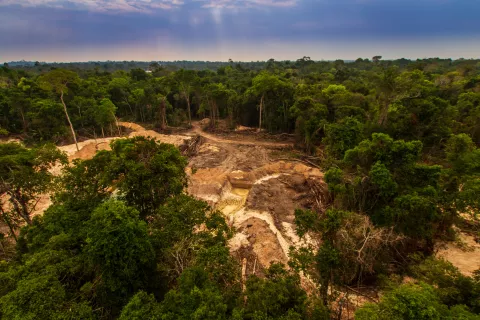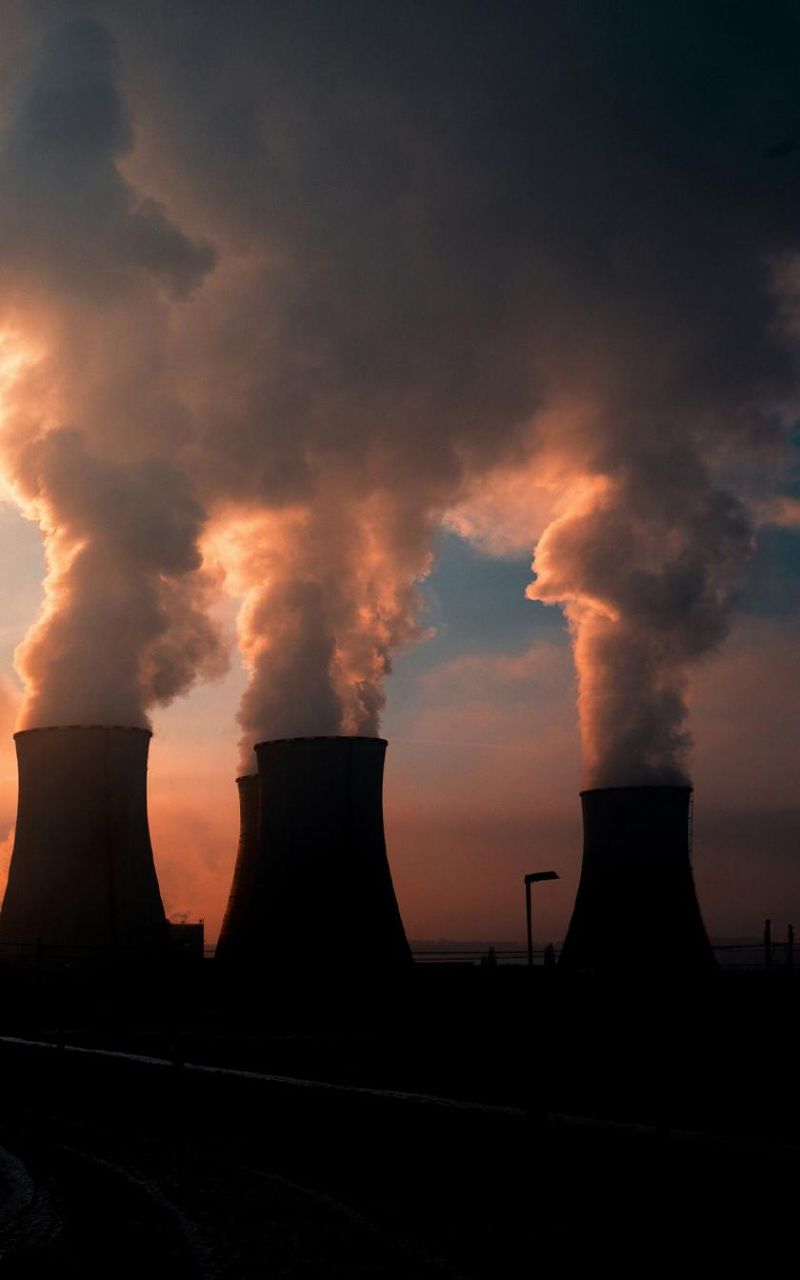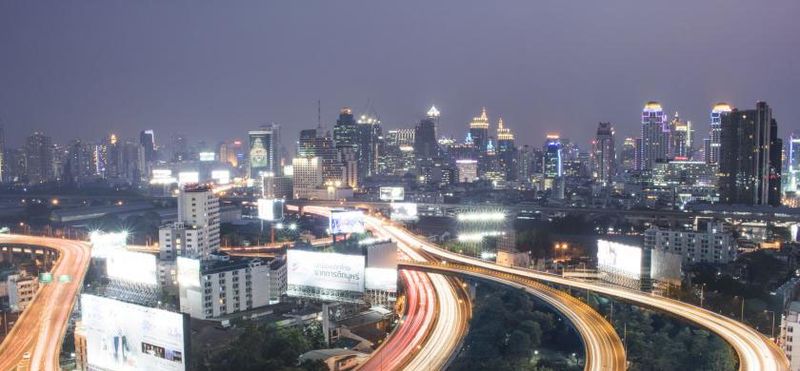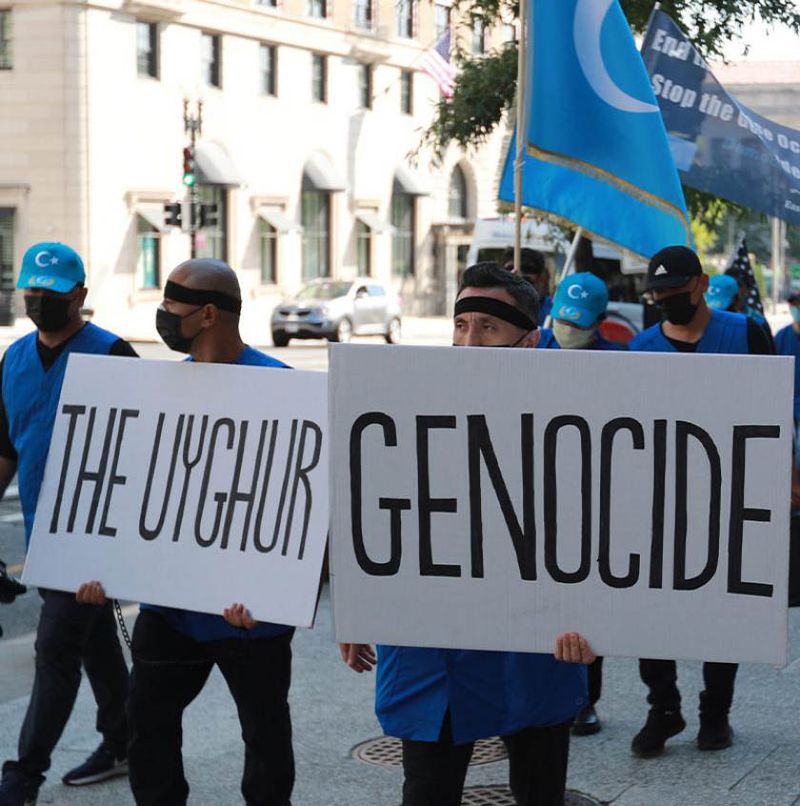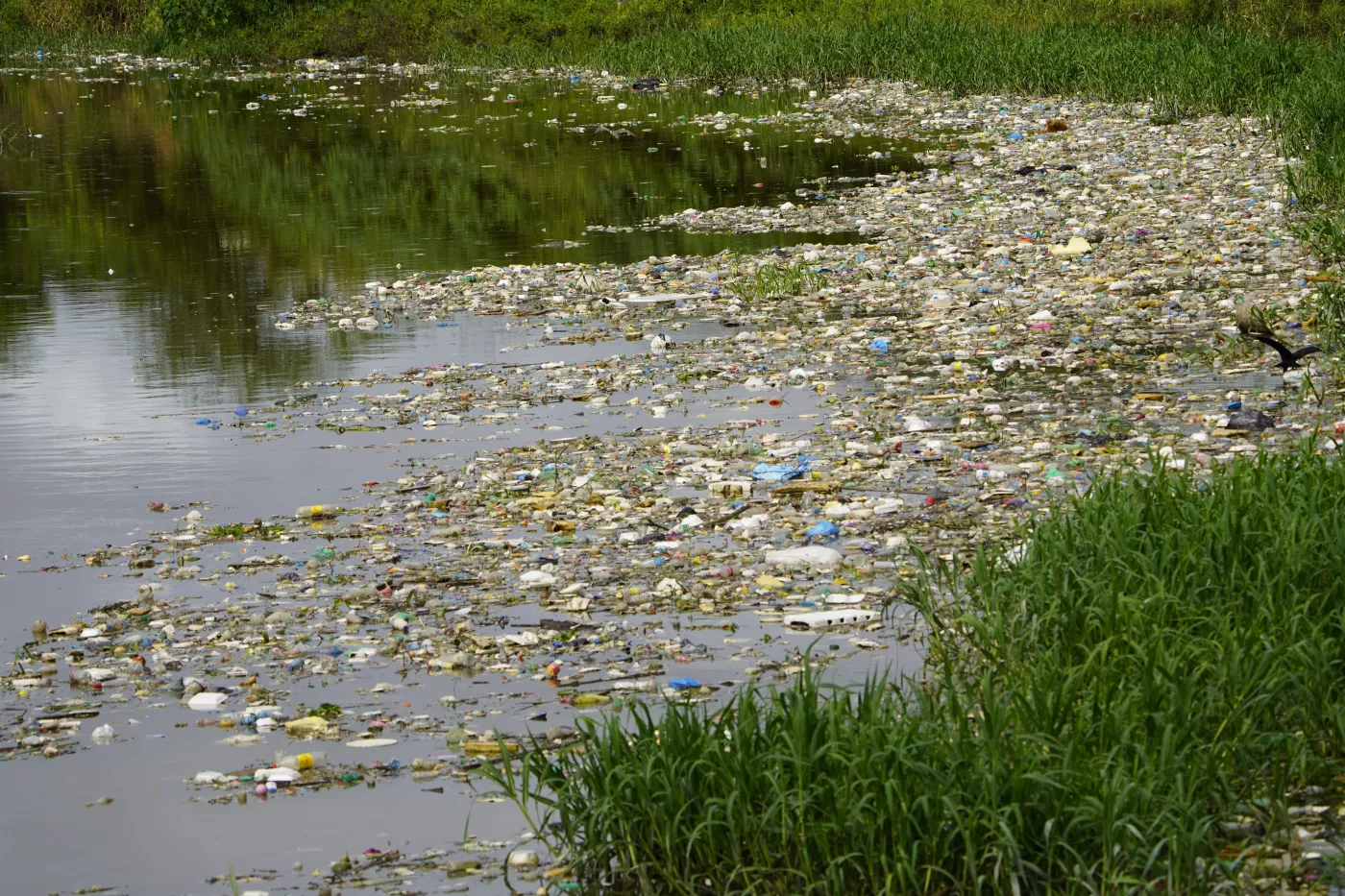

With reporting and insights from Sneha Yadav.
Heading into COP30 in Belém, Brazil, the gap between what was promised and what is delivered isn’t just financial. It’s structural and it’s colonial.
Fifteen years after the original $100 billion climate finance pledge was made at COP15, that promise has morphed into a political proxy war for global power retribution. OECD data shows just $83.3 billion was delivered in 2020 and $89.6 billion in 2021, a far cry from the target. The Guardian called it a "broken political compact," emblematic of the deepening trust deficit between the Global North and South.
At COP29 in Baku, negotiators agreed on the New Collective Quantified Goal (NCQG), the successor to the unmet $100bn/year target, setting a floor of $300 billion annually by 2035, potentially scaling to $1.3 trillion/year. But UNCTAD and CPI warn that even this falls short and that developing countries will need $900 billion annually from 2025, rising to $1.46 trillion by 2030, and far more, and that's just to have a shot at limiting warming to 1.5°C. In a trillion dollar emergency, the NCQG ($300 bn), as it stands, is well below even the lower-end funding needs.
Worse, this isn’t just about unmet needs. Climate finance has increasingly become a geopolitical tool which has been weaponised through credit ratings’ opaque metrics, inflated risk premiums, and colonial hierarchies that continue to govern the flow of capital. This is why we ask: How do you negotiate climate justice when your credit score depends on your coloniser?
Global Oligopoly of Credit Ratings
Credit ratings determine access to international finance. A low rating leads to higher interest rates, reduced investor confidence, more conditionality (like IMF reforms) and a loss of fiscal sovereignty, all perpetuating extraction and subordination.
The Big Three (Moody’s, S&P, and Fitch) wield enormous power over sovereign access to global capital and while they include “climate risk” in their models, they rarely account for the justice dimension. The result? Countries in Africa, Latin America, and the Pacific are routinely downgraded due to perceived political risk or climate vulnerability, even when their fundamentals don’t warrant it.
Ratings agencies rely on black-box methodologies that exaggerate perceived risks in emerging markets. What looks like “rational” risk assessment is, in fact, a modern-day form of economic subjugation.
According to Jyotsna Puri, Associate Visiting Professor at Columbia University, developing countries pay 5 percentage points more in borrowing costs because of biased ratings, the so-called Africa Premium. Research shows that climate vulnerability alone can lead to a credit rating loss of up to 1.6 notches, (that’s a fiscal chokehold on countries already teetering on the edge that materially increasing borrowing costs) and adds as much as US$53 billion a year in extra debt service, leaving many poor nations at significant risk of sovereign debt default. This is climate injustice masquerading as fiscal prudence.
The Vicious Cycle of Debt and Dependency
Rather than incentivizing adaptation, current rating algorithms treat climate fragility as a risk multiplier which amplifies borrowing costs. Zero Carbon Analytics reports that 95% of COVID-era downgrades hit Global South nations, even when economic impacts mirrored those in the North.
Climate Analytics warns that rating downgrades will increasingly trap Small Island Developing States (SIDS), shrinking their avenues for adaptation funding just as climate shocks intensify. The African Union is now drafting plans for a continental credit rating agency (AfCRA) to challenge the Big Three’s monopoly. India has also called out the “discriminatory intent” embedded in current methodologies.
MDBs and the Architecture of Control
Multilateral development banks (MDBs) compound the problem by using these biased ratings as benchmarks. They favour loans over grants, maintain rigid credit thresholds, and promote complex tools like catastrophe bonds, which force countries to pay vulnerability premiums to global investors for coverage that rarely matches the scale of actual losses. These bonds may provide short-term liquidity, but they also transfer risk onto those least able to bear it and act as “green window-dressing” for creditors while leaving the deeper credit score colonialism untouched. Instruments like cat bonds might sound innovative in Davos, but for small island states they are just another tollbooth on an already expensive road.
We need more than tinkering at the margins. We need more than an extravagant conference in Belém can deliver. We need debt forgiveness, not as charity, but as historical rectification. We need concessional financing with reduced interest rates and transparent, fair assessments of investment risk. We need climate reparations through robust, predictable and progressive Loss and Damage funds. In times of force majeure, we need aid that empowers, not aid that entraps.
Until these structural injustices are addressed, the Global South may remain poor not because of a lack of potential or ambition, but because the rules of the game were never written for our success.
Sneha Yadav
Sneha Yadav began her career at JPMorgan Asset Management and has previously served as the International Head of Green Finance at Positive Money UK and a Policy Researcher at the Grantham Research Institute. She has since developed a strong focus on green finance, sustainable finance, and climate finance, establishing herself as an expert in these areas.
Related news
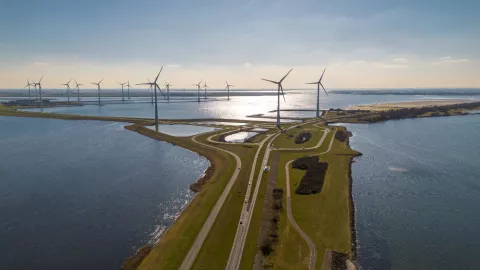
Beyond the headlines: What civil society needs to know about COP30

COP30 has already begun for those living in the Amazon [Daleth Oliveira]
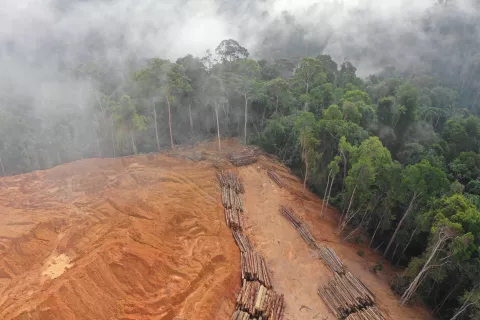
COP30 domestic challenges: Can Lula hold the line - and what happens if he can’t? [Sam Cowie & Daleth Oliveira]
